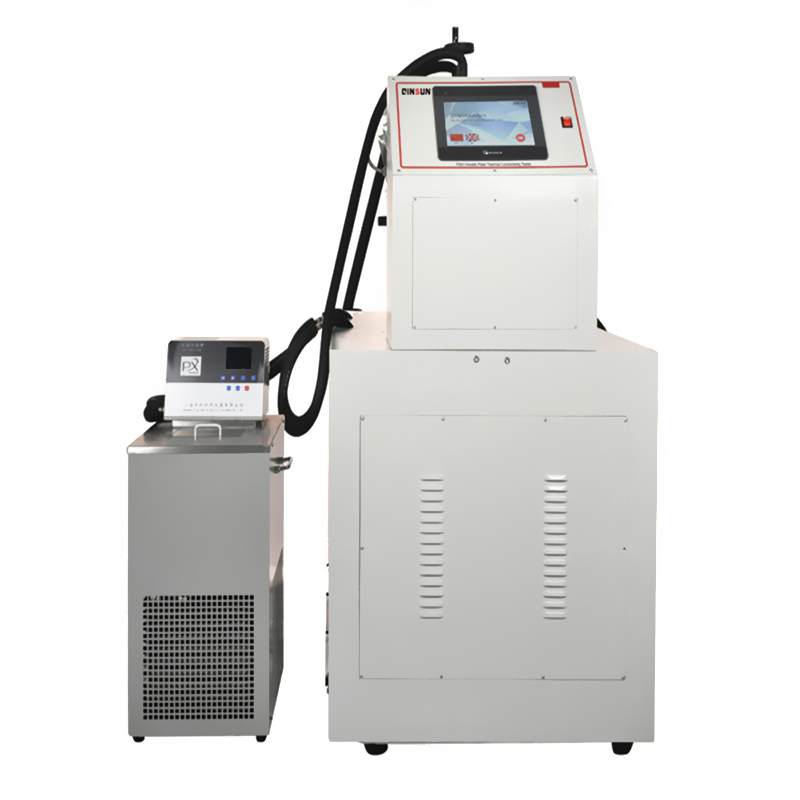Double Plate Thermal Conductivity Tester Operation-Qinsun
Advantages and characteristics:
1.Have a strong after-sales service team;
2.Able to handle various issues in a timely and fast manner,relieving customers of any worries they may have;
3.Complete spare parts to solve the problem of long lead times when ordering spare parts;
4.Keep up with industry standards updates and provide textile testing instruments that meet the new standards in a timely manner.
F543 Double Plate Thermal Conductivity Tester is used to test homogeneous plate-like materials such as plastics,rubber,glass,fibers,benzene boards,extruded boards,foamed concrete,hollow glass,wooden boards,various insulation materials,etc.It can also measure the thermal conductivity of various substances such as granular materials,bulk materials,and soft materials.

Applicable standards:
GB/T 10294-2008,GB/T 3399-1982,GB/T 10801.1-2002,GB/T 10801.2-2002,GB/T 3139-2005,GB/T 17794-2008
Operation:
1.Firstly,prepare the accessories and test samples;
2.Open the test box of the instrument;
3.Place the sample inside the box;
4.Cover the test box and lock it securely;
5.Measure the thickness of the sample using a depth gauge;
6.Open the positioning rod on the side of the box and flip the box over;
7.Clamp the positioning rod back into its original position;
8.Place another sample inside this box(the instrument has two identical heating units);
9.Turn on the low-temperature tank and power switch;
10.Inject a certain amount of water into it;
11.Turn on the instrument switch and enter the LCD screen operation interface;
12.Set parameters such as hot plate temperature,sample thickness,preheating time,and test time;
13.Click[Start];
14.The system operates in a thermal cycle and the sample is undergoing testing;
15.When the set time is reached,the instrument automatically stops and the box is opened to take out the sample;
16.After the experiment is completed,turn off the instrument and analyze and compare the data results obtained from the experiment to evaluate the thermal conductivity of the material.

